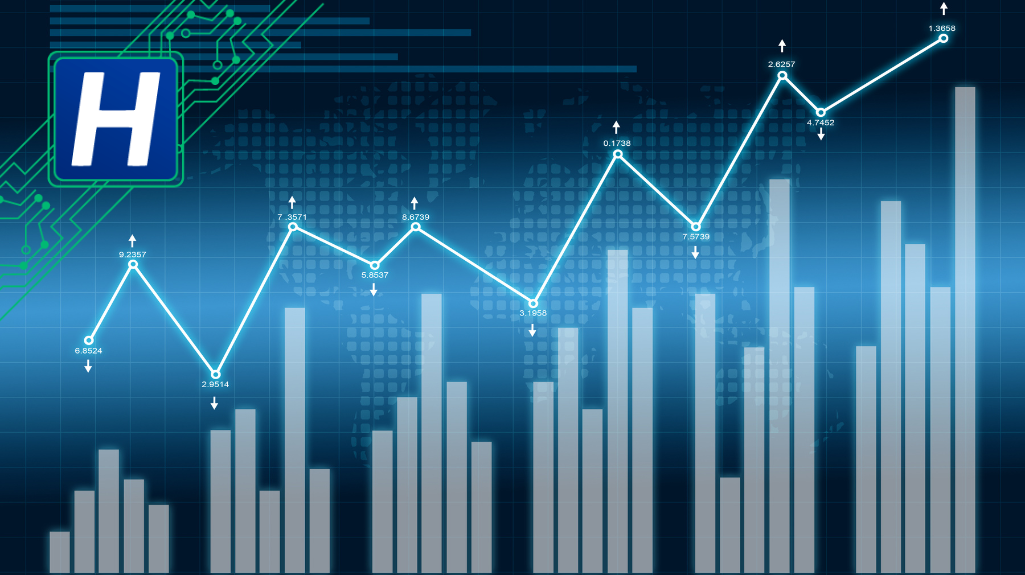Big data runs the world. It is as critical to cybersecurity as it is to anything else. So much so that those of us here at Hillstone Networks believe it is important not to underestimate the power of data analytics in what we do.
We do not just come up with security solutions and deploy them on behalf of our clients. The advice we offer isn’t generic or minimalist. Rather, we dive deeply with every solution we offer, from micro-segmentation to perimeter protection and extended detection and response (XDR). And to dive deeply, we rely heavily on big data and analytics.
Knowledge Is Power in Cybersecurity
It has been said that knowledge is power. We believe that to be absolutely true in the cybersecurity field. We also believe that our biggest source of knowledge is the data we are constantly collecting on threat actors, security threats, data breaches, etc.
How we put that data to use matters. It matters to us at Hillstone Networks because it matters to you as the client. The more capable we are of leveraging data analytics to improve security, the more secure your cloud and network tend to be.
How We Put Our Knowledge to Use
Data analytics contributes to the knowledge we need to do what we do. We put our knowledge to use in a variety of ways, including:
1. Improving Threat Detection
A constant flow of data involving the global threat landscape keeps us informed about what we need to keep an eye on. We continually monitor threat feeds and databases that keep both Hillstone Networks and client security teams up to date on the latest issues.
In addition, we gather and analyze data looking for anomalies in network traffic, system performance, user activity, and more. Anomalies help us identify everything from unauthorized intrusion to malware threats.
2. Improving Threat Response
Merely detecting threats is not enough. We have a responsibility to respond to those threats in a competent way. We rely heavily on data and analytics to do just that. For example, our analytics can help us uncover potential fraud in financial transactions, thereby allowing us to recommend solutions to prevent said fraud before it begins.
We leverage data and analytics to intervene against potential insider threats. We immediately respond when threat monitoring suggests potential issues with data access, employee communications, and suspicious network behaviors.
In a post-incident scenario, threat response is all about analyzing the threat timeline and the attack origin and scope. By looking into the details of the incident, we can put together mitigation strategies to both minimize damage and prevent future attacks.
3. Improving Consistency
Big data and analytics even help us improve consistency within each of the security solutions we offer. Consistency is important in that it gives our clients peace of mind despite ongoing threats and very creative threat actors.
Consistency reduces false flags by providing security teams with more accurate data. It helps create a more accurate picture of the level and severity of each detective threat. Finally, consistency reduces workloads on security teams while also creating a more stable cybersecurity environment.
4. Continuous Improvement
Tying everything together is the continuous overall improvement big data facilitates. The use of data and analytics in cybersecurity is similar to its use in other industries. By gathering and analyzing large amounts of data, Hillstone Networks can continually improve the products and services we offer. As we improve, so does client security.
Never underestimate the power of data analytics in cybersecurity. Big data rules the day whether you are protecting a cloud or securing a local network.



